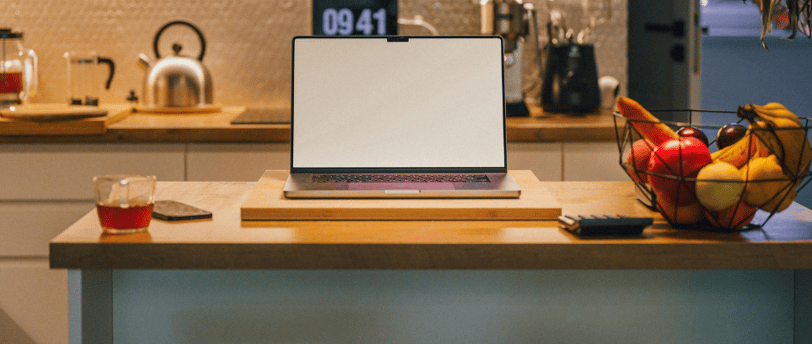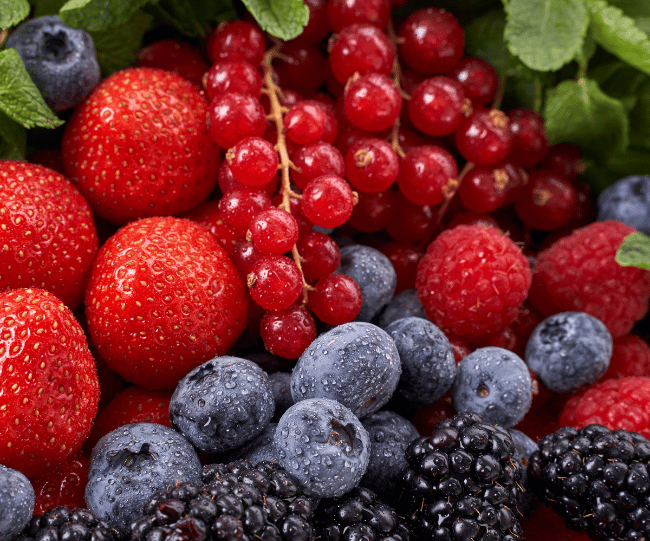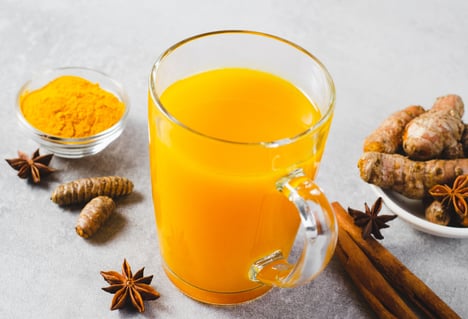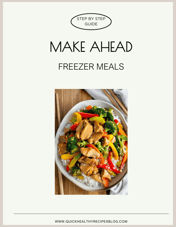My First 30 Days Following an Anti-Inflammatory Diet
Discover my personal 30-day journey following an anti-inflammatory diet and the real changes I experienced in energy, sleep, digestion, and joint pain. Learn practical tips, challenges faced, and what to expect when reducing inflammation through food choices.
ANTI-INFLAMMATORY DIETHELPFUL TIPS
4/26/20254 min read


My First 30 Days Following an Anti-Inflammatory Diet: What Changed
When I first decided to try an anti-inflammatory diet, I wasn't sure what to expect. I'd been hearing about inflammation and its potential impacts on everything from joint pain to digestive issues to energy levels. But would changing my diet really make a noticeable difference in just 30 days? I was skeptical but willing to find out.
Today, I'm sharing my honest experience of those first 30 days - the good, the challenging, and the surprising changes I noticed along the way. Since I'm not a nutritionist or healthcare provider (just someone on a journey to better health), think of this as a friend sharing their experience rather than medical advice.
Why I Decided to Try an Anti-Inflammatory Diet
Before diving into what changed, let me briefly explain why I started this journey. For months, I'd been dealing with:
Persistent afternoon energy crashes
Joint stiffness in the mornings
Frequent bloating after meals
Skin that seemed constantly irritated
Nothing severe enough to be alarming, but together these issues were affecting my quality of life. After reading that inflammation might be at the root of these symptoms, I decided to give the anti-inflammatory approach a serious try for at least a month.
The Changes I Made
Rather than going extreme, I focused on making small, sustainable changes:
Added more: Berries, leafy greens, fatty fish, turmeric, olive oil, nuts
Reduced: Processed foods, refined sugar, dairy, and red meat
Eliminated: Sugary drinks, fried foods, and processed snacks
I didn't count calories or obsess over every ingredient. Instead, I aimed for about 80% anti-inflammatory foods while allowing flexibility for social situations and the occasional treat.
Physical Changes I Noticed
Week 1: The Adjustment Period
The first week was honestly tough. I experienced:
Stronger than usual cravings for sugar
Mild headaches for about 3 days
Feeling slightly more tired than usual
In retrospect, this was likely my body adjusting to fewer processed carbs and sugars. By day 5, things began improving.
Weeks 2-3: First Signs of Change
By the middle of the month, I started noticing:
Morning joint stiffness was noticeably reduced
Steadier energy throughout the day
Less bloating after meals
Better sleep quality - falling asleep faster and waking up fewer times
Week 4: More Significant Improvements
By the final week, the changes became more pronounced:
My skin looked clearer with fewer random irritations
Energy levels were consistently higher, especially in the afternoons
The bloating was almost completely gone except after restaurant meals
I'd lost about 4 pounds without focusing on weight loss
Mental and Emotional Changes
Something I didn't expect was how this way of eating would affect me mentally:
Improved focus: About two weeks in, I noticed I could concentrate better during afternoon work sessions
More stable mood: Fewer ups and downs throughout the day
Reduced cravings: By week three, I wasn't missing sugary treats nearly as much
Better relationship with food: I started seeing food more as nourishment rather than just pleasure or convenience
The Challenges I Faced
This journey wasn't all smooth sailing. The main challenges included:
Social situations: Explaining my new eating habits to friends and finding suitable options at restaurants
Preparation time: Anti-inflammatory eating often requires more prep and cooking than grabbing processed convenience foods
Grocery budget: Some anti-inflammation staples (like fresh berries and wild salmon) increased my grocery bill
Information overload: Sometimes conflicting advice about which foods are inflammatory
Tips From My Experience
If you're considering trying an anti-inflammatory approach, here's what helped me:
Start with a well-stocked pantry: Having anti-inflammation ingredients readily available makes healthy choices easier.
Batch prep components: I started prepping basics like roasted vegetables, cooked quinoa, and washed greens on Sundays.
Focus on adding, not just eliminating: Concentrate on adding nutritious foods rather than dwelling on what you're cutting out.
Listen to your body: Everyone responds differently - pay attention to how specific foods make you feel.
Be patient: Some benefits took nearly the full month to become noticeable.
Was It Worth It?
Looking back on those 30 days, I can confidently say that following an anti-inflammation diet was worth the effort for me. While the changes weren't miraculous or overnight, they were significant enough to motivate me to continue on my journey as a long-term lifestyle rather than a short-term experiment.
I'm still learning and adjusting as I go. Some weeks are better than others, and I don't aim for perfection, which is key! But even with an imperfect approach, I've maintained most of the benefits I experienced in that first month.
I’m the type that wants to throw in the towel at the first sign of a misstep. If that sounds like you, be kind and patient with yourself. This could be the lifestyle that turns your life around.
What's Next on My Journey
As I continue exploring the anti-inflammation lifestyle, I'm focusing on:
Finding the right balance between strictness and flexibility
Adding more variety to prevent food boredom
Learning about the role of stress and sleep in inflammation
Understanding how seasonal changes affect inflammation
Stay tuned, as I’m going to keep updating you as I learn and grow. I’ll be researching and writing on some of the topics I’ve mentioned here. I know there are two types of people in the health space; those who are overwhelmed with information, and those who thrive on it. I’m one of the latter, so I promise to push on and post here as I go.
Remember: This post reflects my personal experience and shouldn't replace advice from healthcare professionals. Always consult with your doctor before making significant dietary changes, especially if you have existing health conditions.


Easy Healthy Recipes for Busy Cooks
Connect
© 2025 All rights reserved.




